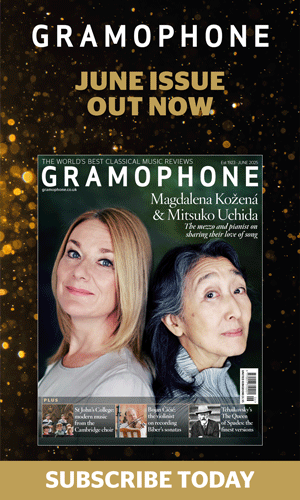YouTube: the un-destruction of classical music
Henry Norman
Tuesday, June 11, 2013
Before a few days ago, Krystian Zimerman had barely come on to my classical music radar. Shocking, I know, to overlook a man many regard as the world’s finest living pianist. If you haven’t already heard the story, Zimerman marched off stage at a recital given at the Ruhr Piano Festival in Essen. After discovering an audience member was recording his performance he left only to return and lambast the destruction of music by YouTube. When it comes to my classical music viewing habits, however, YouTube is the primary medium through which I access the genre. This, I believe, is not an uncommon state of affairs, representing reality amongst many of my fellow 20-something student colleagues. If we are honest, most young people will not take time to go to the opera or see a recital, instead responding well to things that are accessible, cheap and entertaining. Zimerman’s protestation, therefore, that YouTube is leading to the destruction of music struck me as odd. An artist much more familiar to me than Zimerman is Valentina Lisitsa, the so-called ‘Justin Bieber of Classical Piano’, which suggests to me that YouTube is anything but a destructive force. It can, in fact, pay dividends.
I do not mean to underestimate the problem Zimerman highlights. Apart from the annoyance of a brazen recording, the festival’s director, Franz Xaver Ohnesorg, clearly saw the matter in very criminal terms, commenting: 'What happened is theft, pure and simple'. On top of this, YouTube makes some pretty gravity-defying claims. Basic economic theory would surely suggest that people will not pay for a product already available for nothing. Nonetheless, YouTube asserts that clever optimisation makes a free service equally as lucrative as a paid service and it’s all down to ‘traffic’ - the return footfall for a specific track. Of course, this will mean nothing to a man famed for his enigmatic reputation, who rarely gives interviews or recordings. However, modern-day listening habits require, I believe, not only greater respect for the way in which people listen to music but also engagement with the prevailing mediums of the day. The internet has long proved to be somewhat of a sui generis; usual rules of the game cannot, or will not, apply.
In the case of Lisitsa, she suffered comparably to Zimerman. What’s more, as a new artist trying to break through in a saturated market, Lisitsa perhaps had even more to struggle against. However, taking a proactive approach – as she has said, ‘I couldn’t keep control of my product any more’ – Lisitsa decided to make all 24 Chopin Études available not only on Amazon but, counter-intuitively, available on YouTube. Instead of her DVD sales decreasing, they skyrocketed. As Lisitsa evaluates, 'In classical music people take this position of, "Well, if I don't know it, it doesn't exist"…People on YouTube are different…they have to make up their own minds. They're very enthusiastic when they uncover it themselves'. Thus, although Lisitsa’s fan base may not be populated with classical music connoisseurs, something is evidently working. Seven years and 55 million video views later, Lisitsa is enjoying the chips of her gamble. Along with her rapturous performance at the Royal Albert Hall, Decca announced in 2012 a recording contract with material already available on YouTube (if you remember, Zimerman claimed he was refused contracts because his material was already on YouTube).
The moral of the story, for me, appears simple. Treat YouTube with hostility and you risk missing the party you so desperately need to attend. Far from destroying classical music, YouTube has given me the unparalleled freedom to discover new music without having to break the bank. Lisitsa particularly appeals to me because she treats her audience with inclusivity and warmth. When watching and listening to her videos on YouTube, I can observe in close detail the virtuosity of her hands, marvelling at not only the sound but also the sight. Crude management it may be, but nonetheless it captures music’s more unquantifiable nature. The very joy of listening to music is being able to do so for its own sake; being drawn in awe and wonderment to the craft of classical music. This is something YouTube accomplishes so expertly and, while exposing glaring weaknesses in the current structure of the music industry, proves fruitful in developing new demographics and support.








